#Artistic Journey
Text

[ Throwback Thursday ]
In 3 Gods (an RP group I was formerly in), Pluto is a fae of Shimi who could shapeshift from an asp viper to a snake-like humanoid. He is rather partial to knives and toxins when fighting.
=====
3 Gods © @monochrome-living
Pluto Saturnino & artwork © @sleepytenny
Please do not steal. Usage with generative AI and NFT prohibited.
=====
Want me to draw for you? My commissions are open!
#Throwback Thursday#Digital art#Throwback art#Creative journey#Artistic journey#OC art#Pluto#Viper#Fae
2 notes
·
View notes
Text

Spring Morning, V 4.0.
She might be a little wonky with the borders, but I kinda really like the outcome of this.
Ended up being a lot better than the redraw of last year. Which I liked at first but the more I looked at it I started hating it.
Added some elements found in all versions I have done of this drawing. (shown below from new to old for your convenience).
Attempted to do a Alphonse Mucha inspired piece for this and add some magical element to it with the staff since these were always supposed to be some sort of Seasonal Goddess thing but it never really showed.
Absolutely going to do the other three this time!
So far this is also the only season I've made four redraws of.
The other's never got made last year.

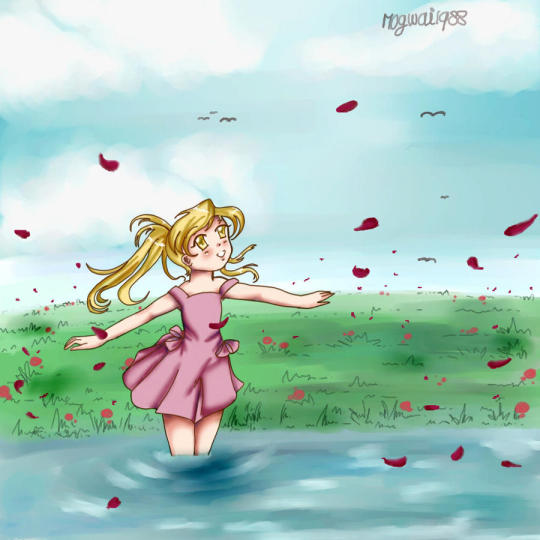

83 notes
·
View notes
Text

Honored to bring my client's vision to life with this latest commission...
#artwork#digital illustration#digital art#animation#furry artist#plants#furry artwork#furry fandom#fursuit friday#paid partnership#commission done#commission open#art commission#artistic journey#drawing
4 notes
·
View notes
Text

Exploring the world through a Schnauzer’s eyes 🐾 Every walk brings new inspiration and a fresh take on my art journey. What do you see in this stroll? 🌳✨
#schnauzer#artwork#digital illustration#digital art#procreate#digital drawing#procreate art#drawing#digital aritst#artists on tumblr#artistic journey#dog art#creative process
5 notes
·
View notes
Text

The Egyptian Book of the Dead, also known as the Book of Coming Forth by Day, is a collection of ancient Egyptian funerary texts written on papyrus scrolls. Dating back to the New Kingdom period, the Book of the Dead served as a guidebook for the deceased on their journey through the afterlife, assisting the soul in navigating the perilous realms of the underworld and achieving eternal life among the gods.
The Papyrus of Hunefer is one of the most well-known and well-preserved examples of the Book of the Dead. It dates to the 19th Dynasty of ancient Egypt (circa 1292–1189 BCE) and is named after its owner, Hunefer, a scribe and nobleman. The papyrus is a lavishly illustrated and meticulously written scroll, spanning multiple meters in length, and contains a wealth of religious and funerary texts intended to guide Hunefer's soul through the journey of death and rebirth.
In the Papyrus of Hunefer, the scene of the "weighing of the heart" is one of the most iconic and significant depictions found. In this scene, the deceased individual's heart is weighed against the feather of Ma'at, the goddess of truth, justice, and cosmic order.
Symbolism:
- The heart: In ancient Egyptian belief, the heart was considered the seat of the soul and the repository of a person's thoughts, feelings, and actions during their lifetime. It represented the individual's moral character and integrity.
- The feather of Ma'at: Ma'at's feather symbolised cosmic balance, harmony, and truth. It served as the standard against which the deceased's heart was judged.
- Anubis: The jackal-headed god Anubis is depicted as overseeing the weighing process. As the god of the afterlife, Anubis plays a crucial role in guiding the deceased through the journey to the afterlife.
- Thoth: The god Thoth is often depicted alongside Anubis, recording the results of the judgment. As the god of wisdom, writing, and magic, Thoth serves as a scribe and mediator between the living and the dead.
Meaning:
- The "weighing of the heart" scene symbolizes the judgment of the deceased's moral character and conduct during their lifetime. It represents the belief in divine justice and the accountability of individuals for their actions in both life and death.
- The outcome of the judgment determines the fate of the deceased in the afterlife. If the heart is found to be in balance with Ma'at's feather, the individual is deemed worthy of entering the realm of the blessed and enjoying eternal life in the presence of the gods. However, if the heart is heavy with sin and wrongdoing, it is devoured by the monstrous creature Ammit, and the soul is condemned to cease to exist.
Overall, the scene of the "weighing of the heart" in the Papyrus of Hunefer encapsulates the core beliefs and values of ancient Egyptian funerary religion, emphasizing the importance of moral integrity, cosmic balance, and divine judgment in the journey to the afterlife. It serves as a potent reminder of the eternal quest for righteousness and the enduring hope for spiritual salvation in death.
#egyptian art#book of the dead#papyrus of Hunefer#the mystic gallery#art#artistic interpretation#artistic journey#artistic tradition#symbolism
3 notes
·
View notes
Text

New piece finished ! Purple velvet plant. This was not easy lol.
#digital art#oil painting#purple velvet plant#botanical art#nature inspired#artistic expression#canadian artist#ottawa art#artistic journey#creative process#artistic challenges#artistic inspiration#art community
10 notes
·
View notes
Text
For me, this blog is kind of like a personal diary, an amalgamation of all the things that I love. Here I post about the visual, literary and sometimes about the performing arts, about my reading experiences, about my artistic journey (in drawing, writing and photography, under the tag #volzifaartdiary), about my faith ☦ and about other things that happen to pique my interest.
* Please note that I am not a native English speaker. I apologize in advance for all the mistakes that I will make regarding spelling, syntax etc.
#introductory post#introduction#orthodox christianity#traditional artist#art#artistic journey#literature#reading#books and reading
2 notes
·
View notes
Text



Cabaret for Queer Criminals
featuring Sam Datum, Newton Clementine, and Tavern Barz
......
I initially wrote the Tavern Barz Tavern as a reference to the "Villain Bar" trope, but I guess things got a lot gayer as time progressed. Considering the fact that "queer coded villains" is such a well worn writing device, I guess it's only natural that the Tavern essentially became a queer night club. This only became more obvious to me when I realized that Sam Datum (top) was agender.
Newton Clementine (middle) is the usual entertainer at the bar, while Sam usually works behind the scenes. But I imagine they're not against getting up on stage every once in a while.
(technobabble behind the cut)
Characters and backgrounds were initially illustrated in Affinity Photo with liberal use of photo assets. One might recognize "The Swing" by Jean-Honoré Fragonard as the painting behind Sam Datum.
3D effects, lighting, and color correction was done in After Effects, with most of the shadows produced by placing the character assets in 3D space and shining a spotlight at them.
The shadow behind Newton Clementine is affected by the underlying curtains. This effect was created by seperating the curtains into two layers and offseting the front layer from the back.
#Queer Art#Queer Community#Nightlife#Performance Art#Fantasy Characters#Digital Illustration#Character Art#Art Process#Creative Process#Mixed Media Art#Art Inspiration#Artistic Expression#Artistic Journey#Queer Representation#Queer Creatives#LGBTQIA+#Artistic Collaboration#Stage Performers#Club Scene#Artistic Craftsmanship#Visual Effects#Color Grading#Artistic Techniques#Adult Animation#Animated Series#Dark Comedy#Animated Characters#Edgy Animation#Animated Entertainment#Mature Audience
8 notes
·
View notes
Text

🥳HAPPY 2024🥳
☆☆☆
Here's my amazing 2023 in art, thanks to my bestie @vidjauser for creating the template and sharing it with me!
I couldn't have been happier to be able to become so invested and excited to do art ever since July when I first dabbled in Procreate. I can't imagine going back now!
.
#artist#digital drawing#digital art#illustration#artistic journey#art of 2023#self taught artist#traditional art
3 notes
·
View notes
Text
🎨✨ Exciting News! ✨🎨
Something BIG is brewing on our Patreon! 🤫 We're about to kickstart a thrilling artistic journey, and YOU have the power to shape it. 🚀🖌️
🤔 Curious? Click the link below to discover more and cast your vote. Plus, there's a special GIVEAWAY for all voters! 🎁🎉
Join us on this creative adventure! 🌟
3 notes
·
View notes
Text
When the Moon Calls Out
View this post on Instagram A post shared by Latisha Taylor 🎃 (@latishataylorart)
Hello, fellow dreamers! Today, I want to take you on a journey through the ethereal realms of my childhood fantasies, where the moon was my steadfast companion, and the night sky held the key to countless adventures. As a wide-eyed kid, I’d often gaze at the moon, wishing for the impossible – to touch it, to be…
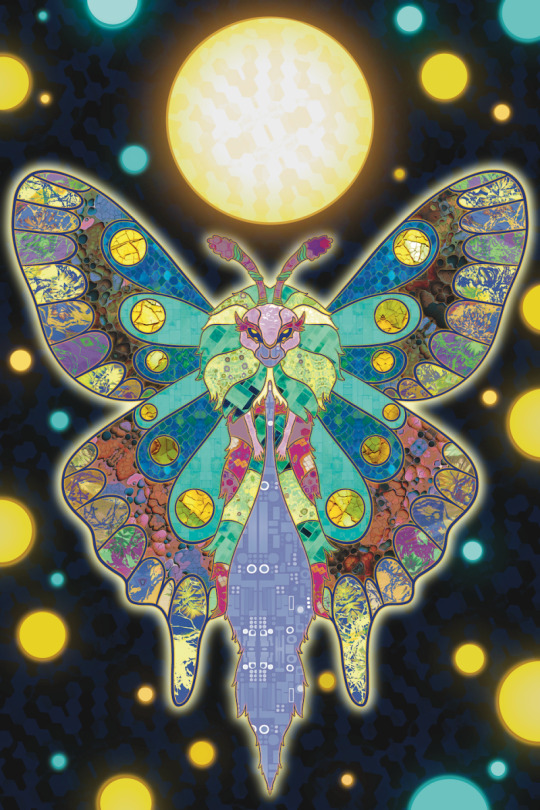
View On WordPress
#art#art blog#art blogs#artist#artist blogs#Artistic Alchemy#Artistic ambitions#Artistic aspirations#Artistic creativity#artistic development#Artistic Dreams#Artistic Enchantment#Artistic Flames#Artistic goals#artistic growth#Artistic Incantations#Artistic Inspiration#artistic journey#artistic metamorphosis#Artistic Metaphors#Artistic Odyssey#Artistic potential#artistic self-discovery#Artistic transformation#artistic vision#moth art#moths#original art#digital artist#digital art design
2 notes
·
View notes
Text
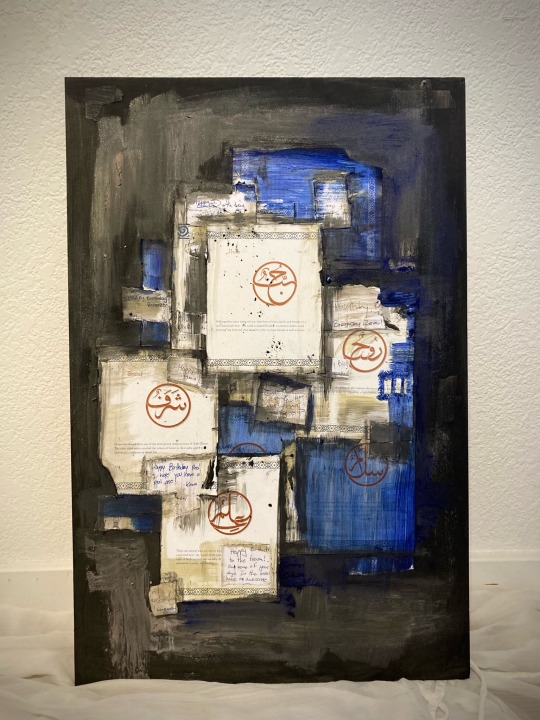
Arabia in Blue, Xxhe
ibuprofen dust, ebony ink, blue ink, torn up birthday card, unnamed arabic quote book and acrylic paint on found print board
Oct 2023
From the Series “Sharps”
Name Your Price 🪸
#ibuprofenart#unconventional art#corporate life#artiststruggle#creative survival#officelifeart#materiality#art innovation#literary#corporate world#modernist#experimentally#unique materials#Artist life#artistic expression#contemporary art#office culture#art and society#surreal art#artistsontumblr#conceptual art#work life balance#artistic journey#creative materials#art therapy#breaking norms#artinweirdmaterials#visual storytelling#corporatecritique#artoutofthebox
4 notes
·
View notes
Text
Enjoying Different Types and Styles of Art
This is the third post in a series about learning about other styles of art and how to see and enjoy them. Everyone is not the same, so it is natural that there should be so many styles of art available to enjoy. Maybe you don’t like abstract but love pointillism. Maybe impressionism speaks to you. It is wonderful that we can find what we enjoy in various types and styles of art. Our…

View On WordPress
#Art#art appreciation#art classes#art exhibitions#art forms#art gallery#art genres#art movements#art museums#art workshops#artistic diversity#artistic exploration#artistic expression#artistic journey#creativity#enjoy#explore#styles of art#types of art#visual arts
4 notes
·
View notes
Text
Exploring Intuitive Art
Hey there, lovely weirdos! It’s Erin Meyers here, your local awkward intuitive artist, ready to share an exciting journey with you. I’m thrilled to connect with you and delve into the world of creativity, self-expression, and embracing the joy of the artistic process.
Throughout the years, my artistic exploration has expanded beyond traditional paint and canvas. While I still adore the tactile…

View On WordPress
#artist workshops#artistic community#artistic exploration#artistic expression#artistic growth#artistic journey#artistic mediums#artistry#connecting through art#creative inspiration#creative process#digital art#digital illustration#embracing creativity#Erin Meyers#intuitive painting#joy of creation#process art#Procreate app#self-expression#traditional painting
3 notes
·
View notes
Text

"The Triumph of Death" by Pieter Bruegel the Elder is a masterful and haunting depiction of the inevitability of mortality and the relentless march of death. Created in the mid-16th century during a period marked by widespread disease, famine, and war, the painting reflects the anxieties and uncertainties of the time.
In this landscape, Bruegel presents a vivid panorama of death's conquest over humanity. The foreground is dominated by a horde of skeletal figures, personifications of Death, wielding scythes and wreaking havoc upon the living. Bodies lie strewn across the ground, while others are herded into mass graves. The scene is one of chaos and despair, with no refuge or escape from death's grasp.
Bruegel's meticulous attention to detail adds to the painting's impact, with each corner of the canvas teeming with scenes of destruction and suffering. From the crumbling castles and burning villages to the skeletal figures engaged in macabre activities, every element serves to reinforce the overarching theme of mortality and the fragility of human life.
Despite the grim subject matter, "The Triumph of Death" also contains elements of dark humor and irony. In the midst of the chaos, Bruegel includes scenes of everyday life continuing as if oblivious to the carnage around them. Figures engage in futile attempts to ward off death or seek refuge in vain, highlighting the absurdity of human existence in the face of mortality.
The painting's message is clear: death is an inevitable part of the human experience, and no one can escape its grasp. Yet, amidst the darkness, there is also a reminder of the resilience of the human spirit and the enduring power of art to confront and explore life's greatest mysteries.
As we gaze upon Bruegel's "The Triumph of Death," we are confronted with the stark realities of mortality and the timeless questions it poses to humanity. It serves as a poignant reminder of the impermanence of life and the need to confront our mortality with courage and acceptance.
In our exploration of art, culture, and the unknown, "The Triumph of Death" stands as a powerful testament to the enduring relevance of art in grappling with life's most profound mysteries. It challenges us to confront our fears, contemplate the meaning of existence, and find solace in the beauty and complexity of the human experience.
#the mystic gallery#art#art history#artistic interpretation#artistic tradition#artistic journey#symbolism#Pieter Bruegel the Elder#The Triumph of Death
3 notes
·
View notes
Text



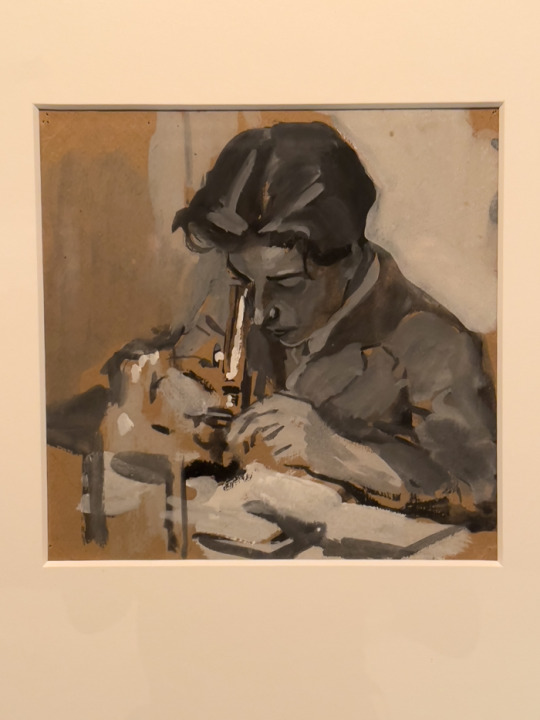

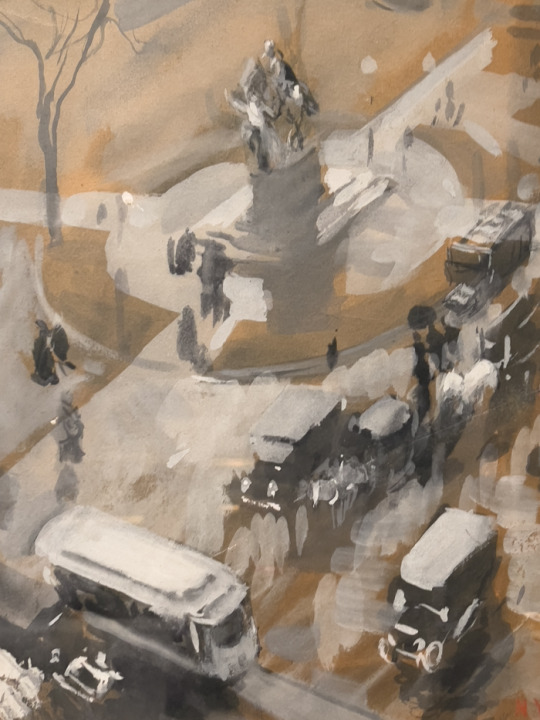

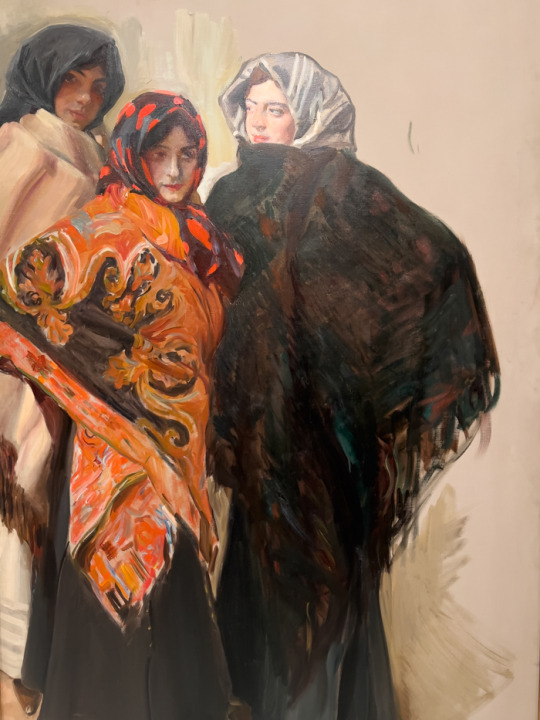

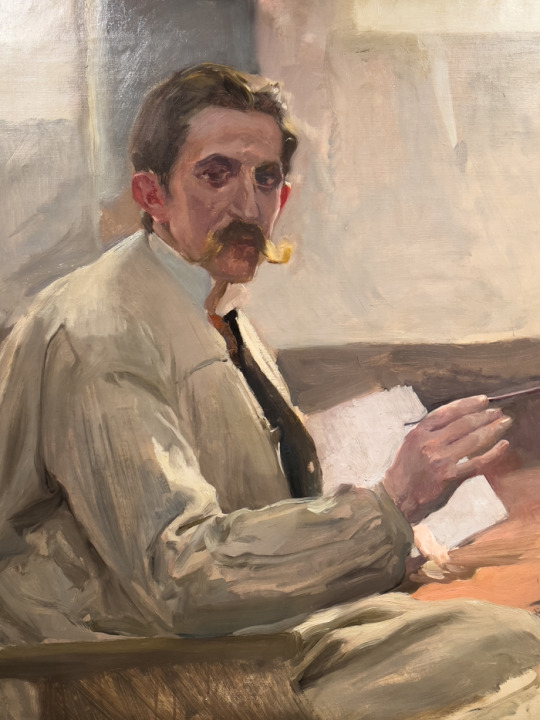
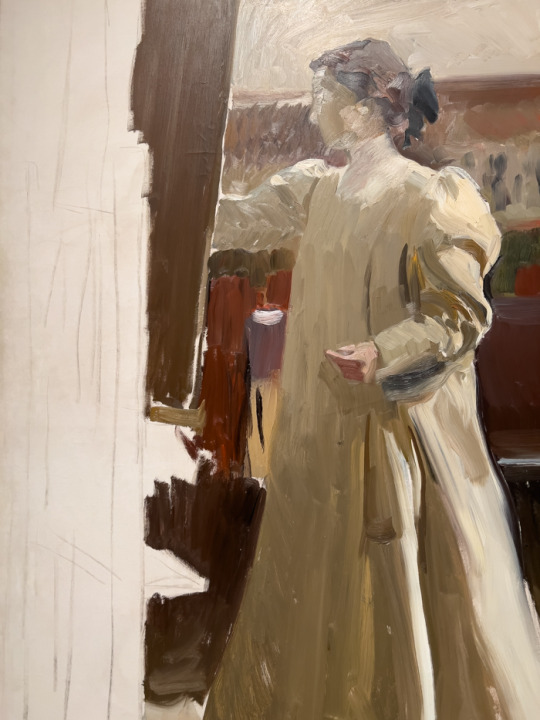
Captivating journey through the masterpieces of Sorolla at the Valencia exhibition ‘’Sorolla en Negro’’.
3 notes
·
View notes